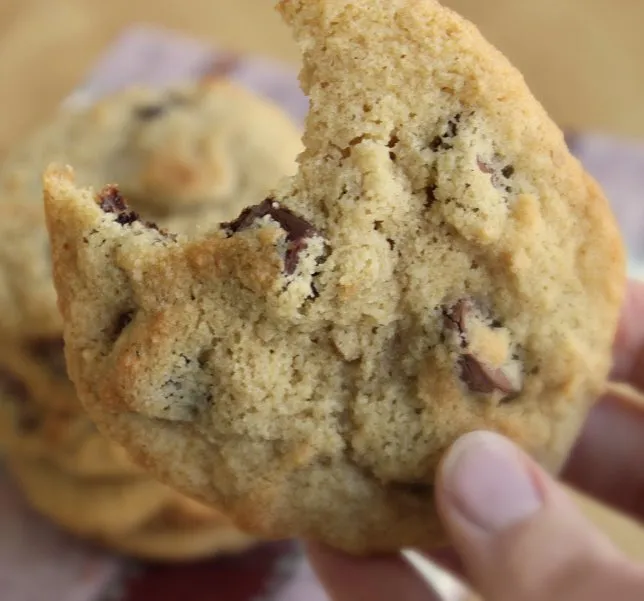Bone Broth Fast and Bone Stock
Recipe Courtesy of Sarica Cernohous, L.Ac., MSTOM, BSBA Naturallylivingtoday.com

To do a 4-day broth fast using a 5-6 quart crockpot:
- Plan to start your broth with 2-3 marrow, feet, neck, or shank bones, and a piece of organ meat, such as liver or heart, if you'd like.
- If you're using chicken or turkey, choose either whole birds, or cuts such as thighs, backs, drumsticks, and necks that have the skin and bones intact; include the giblets if they're available. You can also use the carcass from a roasted bird.
- For fish, include the entire head and all of the bones.
Add to this:
- Purified water, 3-4 quarts
- Celtic Sea Salt, 2-4 tablespoons (best to start low and adjust flavor as needed after cooking)
- An acid (usually raw apple cider vinegar, organic balsamic vinegar, naturally fermented, unseasoned rice vinegar)
- A chopped onion (Attention: If you are doing a Microbiome reset or Small Intestine Bacterial Overgrowth (SIBO) Fast, do not add onion)
- You might also add a little bit of seaweed: a couple of pieces of dulse or kombu, a sheet of nori, 4-5 pieces of wakame – any of these choices are fine. Doing so will increase the iodine composition of the broth, an important nutrient missing from the diets of those who don't consume a lot of seafood and who use natural sea salts that are not commercially-iodized. Personally, I like the flavor of the dulse the best – it doesn't lend a “Chicken of the Sea” profile to the broth, yet it is still full of trace minerals.
For each successive day:
- Bring the level of liquid back up to the original amount with fresh, boiling water each time you pull a mug from it
- Add a little Celtic Sea Salt, to taste
- Add a splash of vinegar if you'd like, to continue to demineralize the bone
- Add a sprinkle of seaweed from time-to-time, to keep the iodine and other trace minerals up in the broth
- Keep the crockpot on the “keep warm” setting











